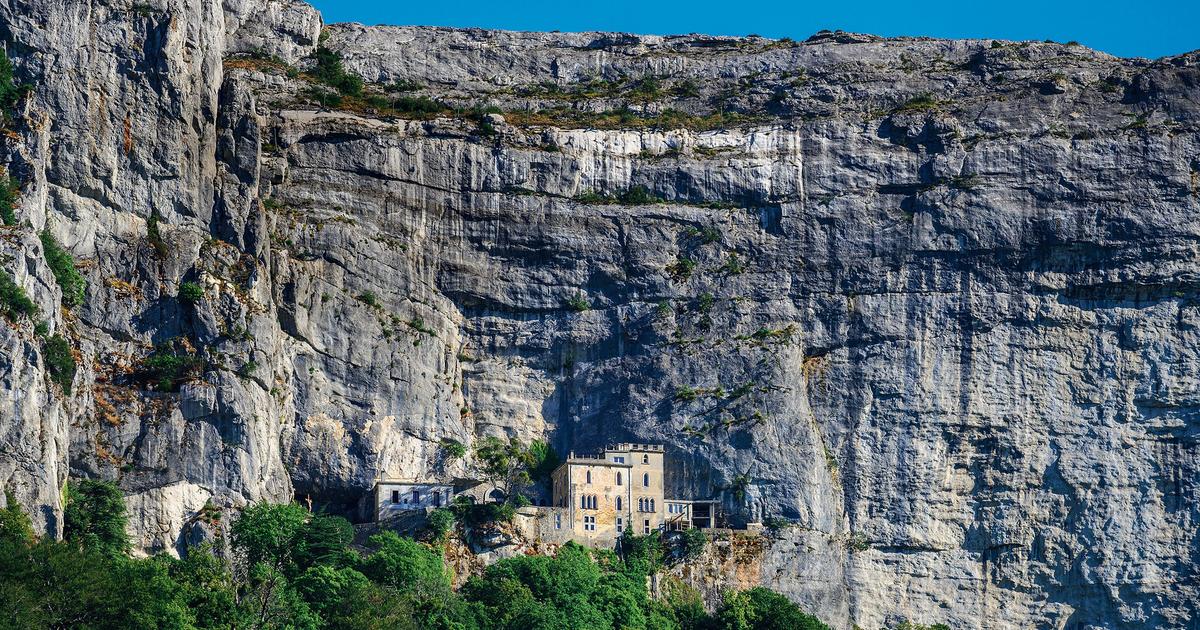01 view
Written by: Commentary Editing Room
2021-01-10 07:30
Last update date: 2021-01-10 07:30
Sham Shui Po Bishop’s mountain site underwent a demolition project, exposing the underground cistern built a hundred years ago in the media.
At a symposium held by the Hong Kong Institute of Architects on Thursday (7th), a former member of the Antiquities Advisory Committee pointed out that the government had noticed that there was no heritage conservation policy after the demolition of Queen’s Wharf, and questioned that the Hong Kong government had not finalized the decision for many years.
The authorities must give the society an explanation on how the mechanism of preservation of cultural relics in Hong Kong should be reformed in the future.
Hong Kong lacks a complete heritage conservation regulation. In the past, it has indirectly led to the destruction of many buildings with historical value. The government can often only find remedies for the decay and ruin afterwards.
One example from Jingxianli showed that after the roof of the building was destroyed, the government still failed to send personnel to the site to inspect, and until more ancient crafts were demolished, the staff of the Antiquities Office could successfully enter the building, and the government would then remove it. Listed as a tentative Hong Kong official monument.
As for the former residence of Bruce Lee in recent years, the owners have failed to negotiate with the government for many years. Only the main building and chapel of the Kwai Chung Girls’ Home were retained. Stop the demolition of historical buildings before the project starts.
According to the current Antiquities and Monuments Ordinance, buildings after 1800 are not automatically regarded as antiquities. Therefore, before buildings after 1800 are listed as statutory monuments, the relevant regulations will not be able to prevent monuments from being demolished , Change.
Therefore, if the public wants to keep the monuments, it is necessary for the society to put pressure on the government through public opinion through methods other than the system and stop the project after the monuments are demolished and attracted social attention.
The government's top priority in the future is naturally to protect cultural relics through systems and regulations, so as to replace the "kick a kick and a depression" remedial project.
The underground service reservoir of Bishop Hill, Sham Shui Po, was demolished by the Water Supplies Department earlier, bringing the 116-year-old reservoir built before the war to light. The project was successfully stopped after the incident attracted public attention.
(Provided by Zheng Yongshun)
The silent demolition of the reservoir sees the lack of conservation
In the past, many historical buildings were demolished and planned in Hong Kong. It has been proved on many occasions that historical buildings in Hong Kong do not necessarily need to be built as far back as 1800 to have historical significance.
The government needs to use the system to avoid the silent destruction of historic buildings, instead of relying on public responses to apologize afterwards to remedy them.
For example, for buildings built after 1800 to modern times, the government should also enact laws to temporarily protect them from being started, so as to wait for the monuments office to send personnel to inspect the site, and grant permission to start construction after confirming that the building can be demolished.
At the same time, when the government has revised the heritage conservation regulations, its role cannot be limited to the temporary protection of historical sites. It should also consider the feelings of the residents in the area and the wishes of the community.
Therefore, a public participation mechanism can be added when deciding whether to leave or leave cultural relics. It depends on the public’s memories and attitudes to determine the future direction of preservation or conservation, and different uses should be considered in consideration of the needs of local residents.
Long before the demolition of the Bishop’s Hill Reservoir was discovered, the Water Supplies Department was recently revealed that two hundred-year-old reservoirs had been demolished more than ten years ago.
How the government can give people confidence through the system and make them feel confident that the government can keep local history is also a major test for the future of the government.
Government departments must be held accountable for the complete demolition of reservoirs and monuments
Before the bulldozer in the Roman wind reservoir of Bishop Hill, was it only luckily saved?
Conservation of historical buildings can take one step further
01 depth
Bishop Mountain Service Reservoir Heritage Conservation 01 Viewpoint








/cloudfront-eu-central-1.images.arcpublishing.com/prisa/2C5HI6YHNFHDLJSBNWHOIAS2AE.jpeg)




